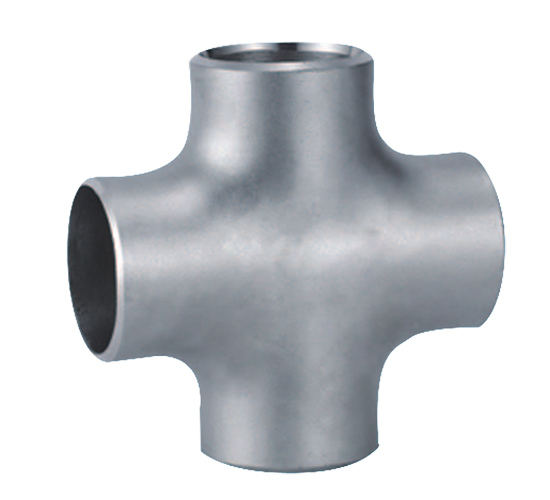-
Cangzhou Yulong Steel Co., Ltd.
-
Phone:
+86 13303177267 -
Email:
admin@ylsteelfittings.com
- English
- Arabic
- Italian
- Spanish
- Portuguese
- German
- kazakh
- Persian
- Greek
- French
- Russian
- Polish
- Thai
- Indonesian
- Vietnamese
- Zulu
- Korean
- Uzbek
- Hindi
- Serbian
- Malay
- Ukrainian
- Gujarati
- Haitian Creole
- hausa
- hawaiian
- Hebrew
- Miao
- Hungarian
- Icelandic
- igbo
- irish
- Japanese
- Javanese
- Kannada
- Khmer
- Rwandese
- Afrikaans
- Albanian
- Amharic
- Armenian
- Azerbaijani
- Basque
- Belarusian
- Bengali
- Bosnian
- Bulgarian
- Catalan
- Cebuano
- China
- China (Taiwan)
- Corsican
- Croatian
- Czech
- Danish
- Esperanto
- Estonian
- Finnish
- Frisian
- Galician
- Georgian
- Kurdish
- Kyrgyz
- Lao
- Latin
- Latvian
- Lithuanian
- Luxembourgish
- Macedonian
- Malgashi
- Malayalam
- Maltese
- Maori
- Marathi
- Mongolian
- Myanmar
- Nepali
- Norwegian
- Norwegian
- Occitan
- Pashto
- Dutch
- Punjabi
- Romanian
- Samoan
- Scottish Gaelic
- Sesotho
- Shona
- Sindhi
- Sinhala
- Slovak
- Slovenian
- Somali
- Sundanese
- Swahili
- Swedish
- Tagalog
- Tajik
- Tamil
- Tatar
- Telugu
- Turkish
- Turkmen
- Urdu
- Uighur
- Welsh
- Bantu
- Yiddish
- Yoruba

Nov . 03, 2024 20:21 Back to list
class 150 rf flange
Understanding Class 150 RF Flanges An Overview
When it comes to piping systems in various industries, flanges play a critical role in ensuring the integrity and efficiency of connections. Among the numerous types available, Class 150 RF (Raised Face) flanges are particularly significant due to their versatility and application across different sectors.
What is a Class 150 RF Flange?
A Class 150 RF flange is a type of raised face flange designed to operate under a specific pressure rating, which is indicated by the Class 150 designation. The term raised face refers to the small projection on the flange face that increases the contact area between the flange and the gasket. This design feature enhances sealing effectiveness, making it ideal for various applications involving liquids and gases.
Specifications and Standards
Class 150 RF flanges are manufactured according to specific standards set by organizations such as the American Society of Mechanical Engineers (ASME) and the American National Standards Institute (ANSI). These standards ensure that the flanges can withstand particular pressures and temperatures. Typically, Class 150 flanges are rated for a maximum pressure of 150 psi at ambient temperature. However, this pressure rating can vary with temperature changes, so it is essential to consider the operating conditions when selecting flanges.
Materials and Construction
class 150 rf flange

Class 150 RF flanges can be made from a variety of materials, including carbon steel, stainless steel, and alloy materials, depending on the application requirements. Carbon steel flanges are commonly used in general applications, while stainless steel flanges are preferred in corrosive environments due to their enhanced resistance to oxidation and corrosion. The choice of material significantly impacts the flange's durability, cost, and suitability for specific conditions.
Applications
The versatility of Class 150 RF flanges allows them to be used across numerous industries, such as oil and gas, chemical processing, power generation, and water treatment. They are widely employed in pipelines that transport both liquids and gases. Their reliable sealing capability makes them particularly suitable for high-pressure applications where leaks can have serious consequences.
Installation and Maintenance
Proper installation of Class 150 RF flanges is crucial to ensure optimal performance. It is essential to follow the manufacturer's guidelines and industry best practices during installation. Attention should be given to bolting patterns and torque specifications to achieve the correct level of compression on the gasket. Regular inspection and maintenance are also vital to prevent issues like corrosion and wear from compromising the flange’s integrity over time.
Conclusion
In conclusion, Class 150 RF flanges are a fundamental component in many piping systems, providing a robust and effective solution for connecting pipes, valves, and equipment. Their raised face design, coupled with specific pressure ratings and a range of material options, ensures that they meet diverse industrial needs. Understanding the specifications, applications, and maintenance practices associated with these flanges is essential for engineers and maintenance personnel to optimize system performance and safety. Whether in high-pressure pipelines or routine plumbing tasks, Class 150 RF flanges maintain their relevance and reliability in today’s industrial landscape.
Latest news
-
ANSI 150P SS304 SO FLANGE
NewsFeb.14,2025
-
ASTM A333GR6 STEEL PIPE
NewsJan.20,2025
-
ANSI B16.5 WELDING NECK FLANGE
NewsJan.15,2026
-
ANSI B16.5 SLIP-ON FLANGE
NewsApr.19,2024
-
SABS 1123 FLANGE
NewsJan.15,2025
-
DIN86044 PLATE FLANGE
NewsApr.19,2024
-
DIN2527 BLIND FLANGE
NewsApr.12,2024
-
JIS B2311 Butt-Welding Fittings LR/SR 45°/90° /180°Seamless/Weld
NewsApr.23,2024











